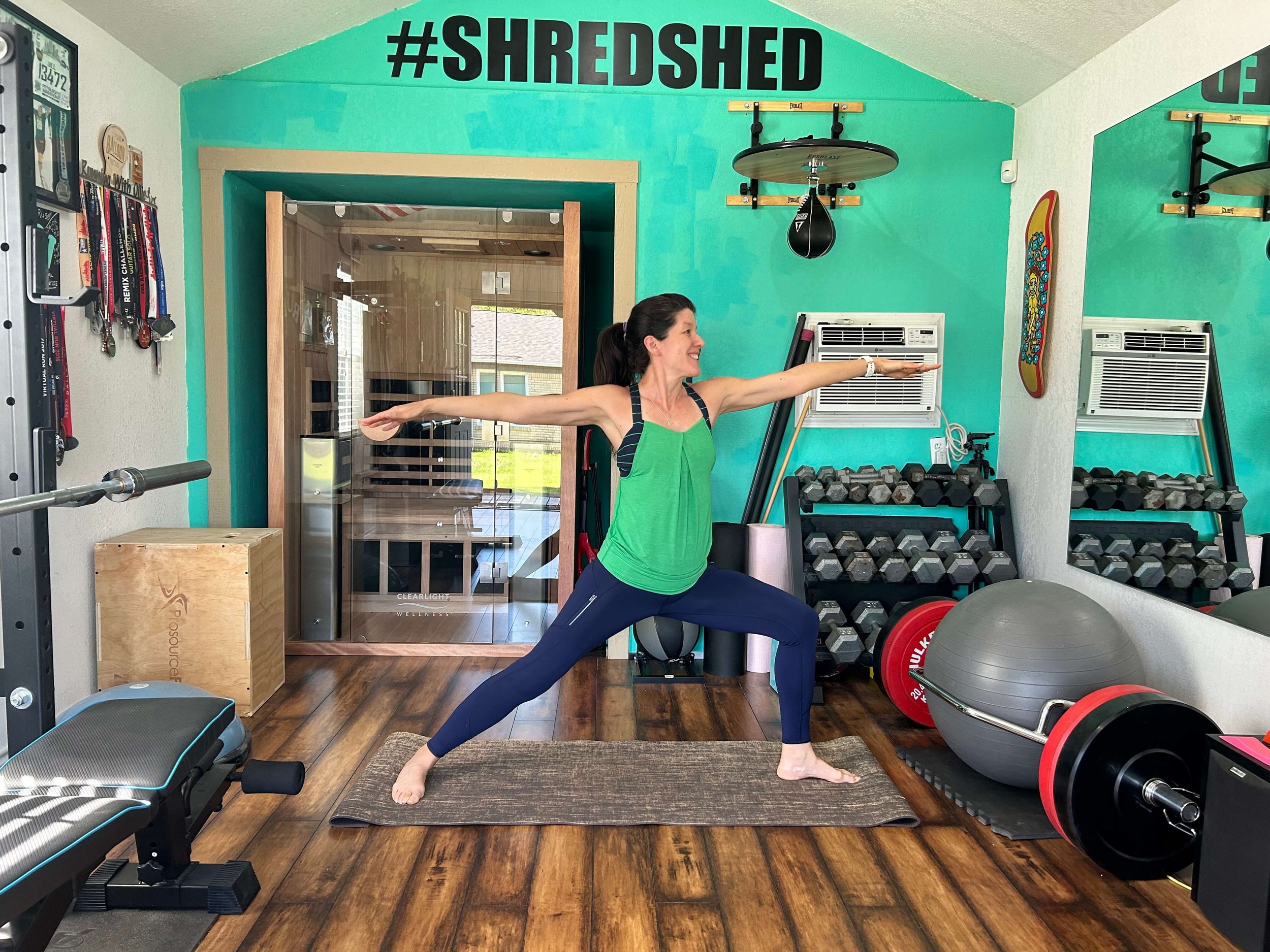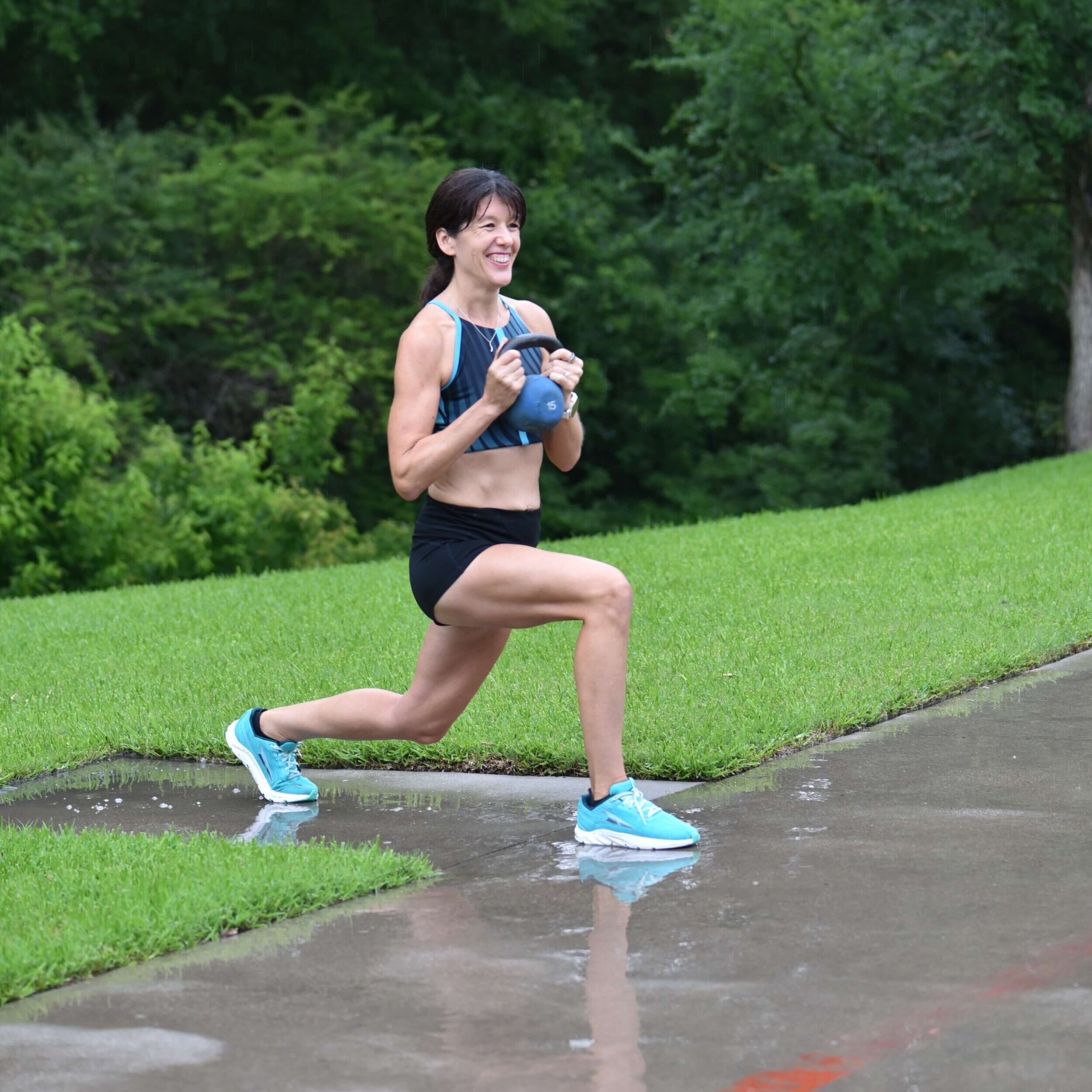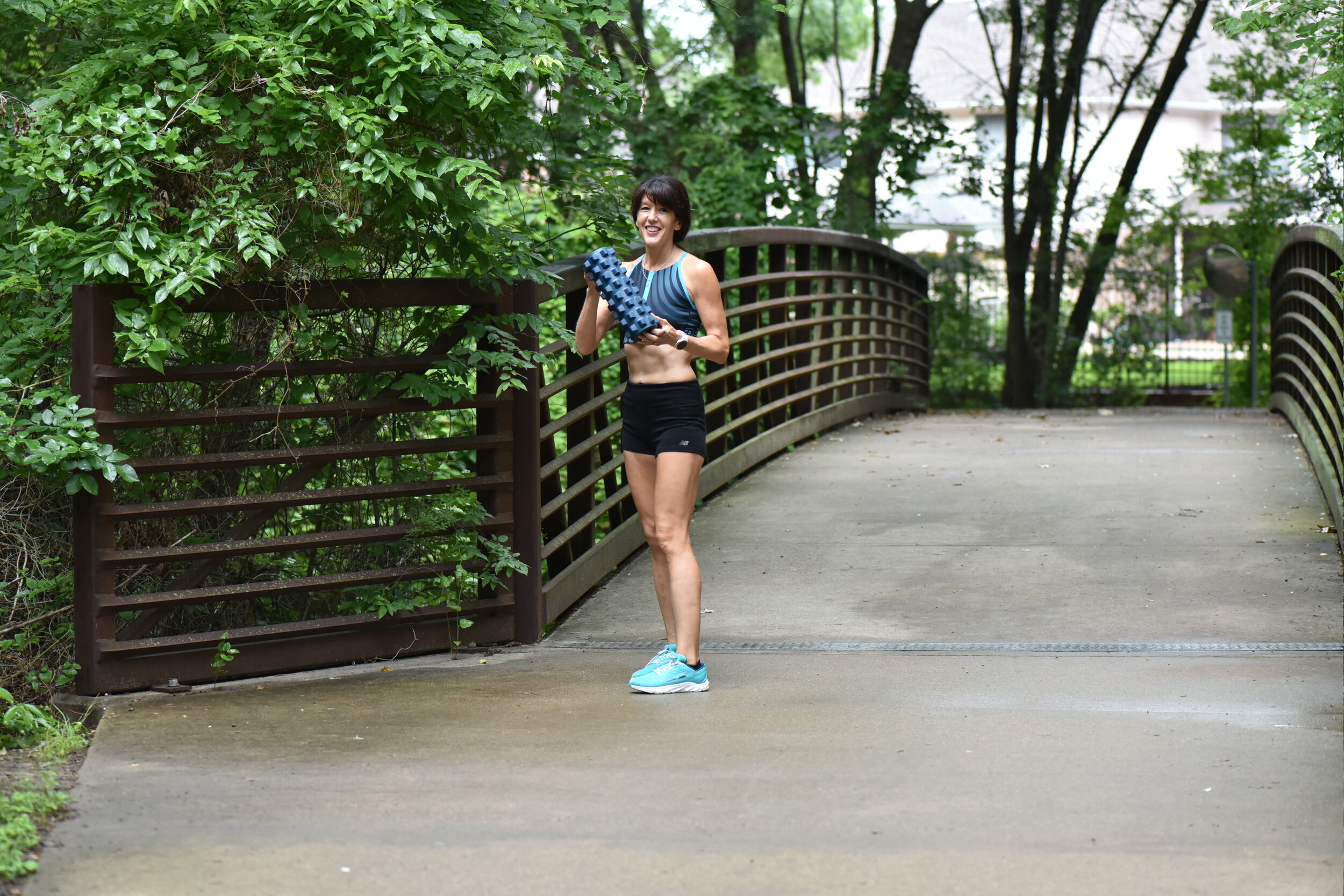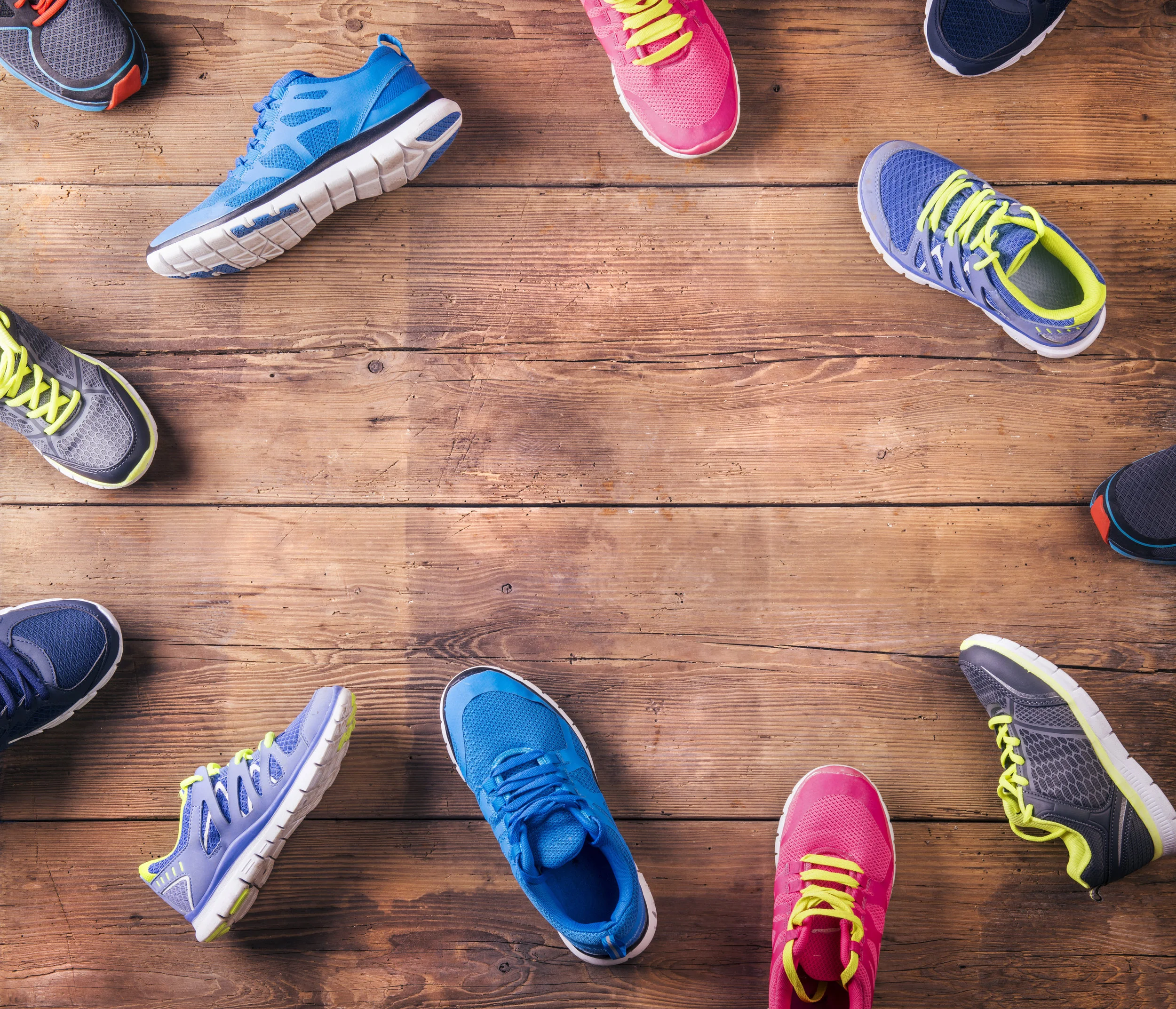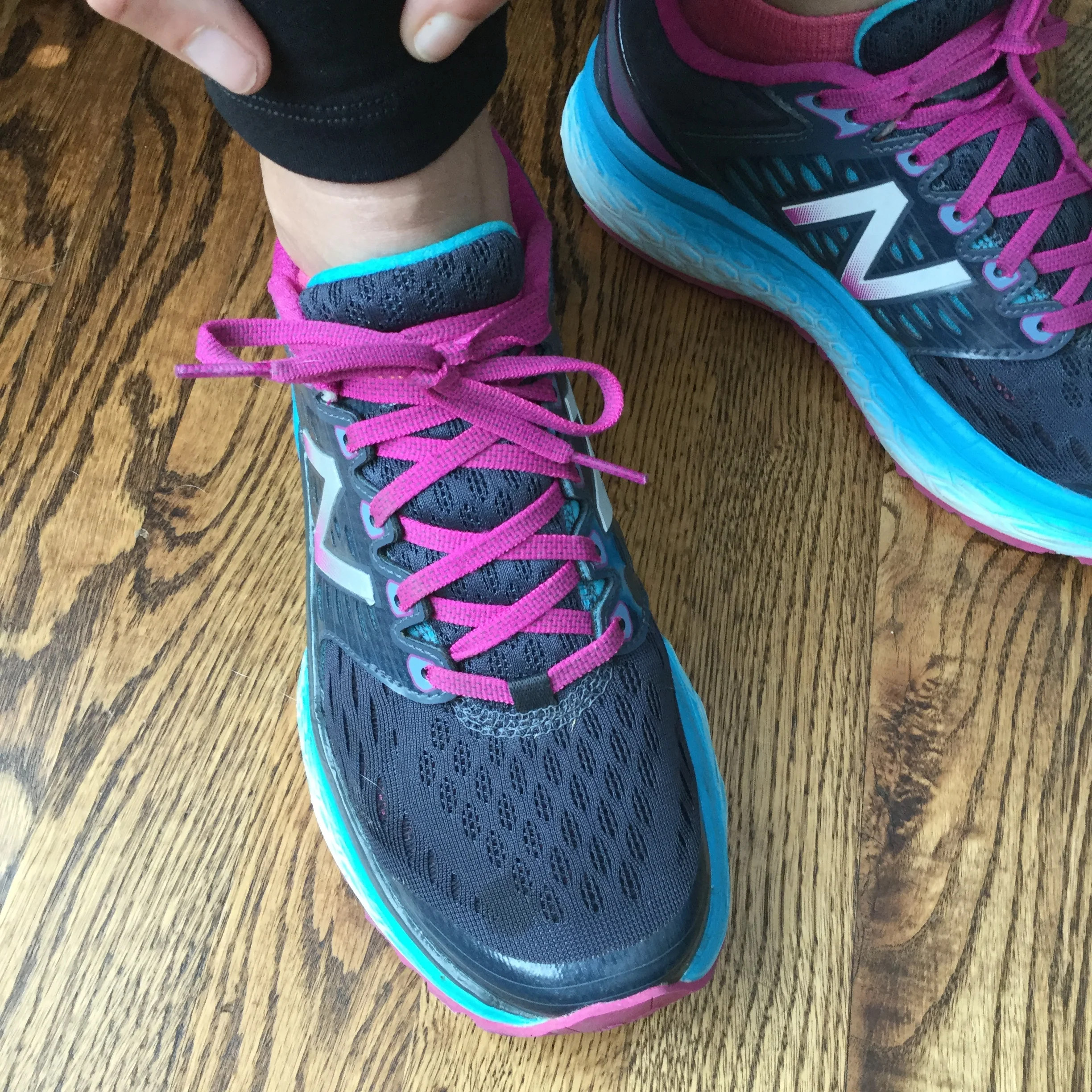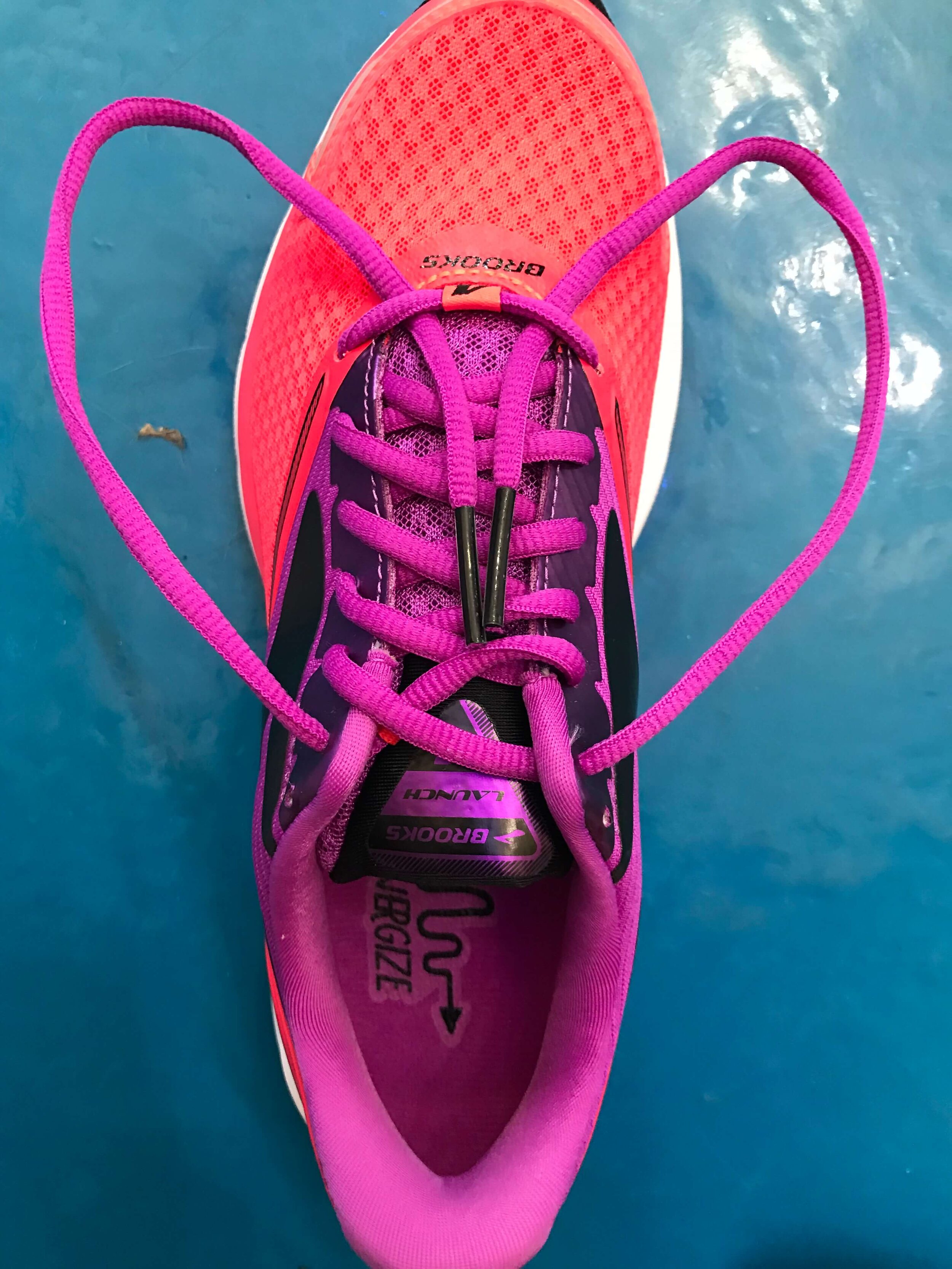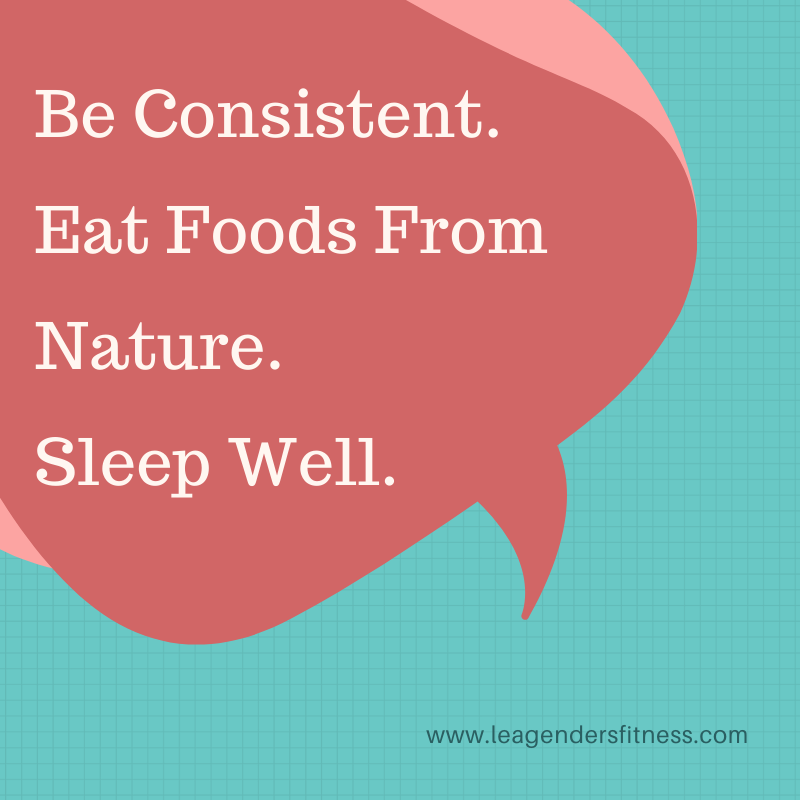Welcome to another edition of workout Wednesday! This week we are having some fun with a pumpkin. I picked up a 9 lb pumpkin from the grocery store and realized that a pumpkin is very similar to a medicine ball. With everyone going pumpkin-everything crazy lately, I thought a full body pumpkin workout would be a fun way to celebrate the upcoming fall holidays. Maybe when we're done, we can make a pie with it. It's called balance.
Pumpkin or medicine ball...you decide.
The Great Pumpkin Workout
Repeat each exercise for the numbers of reps indicated below, moving quickly from one exercise to the next. Repeat 3 times. If you don't have a pumpkin, then you can do this workout with a medicine ball.
SQUAT WITH OVERHEAD PRESS x 12
FORWARD LUNGE WITH STRAIGHT ARM TWIST (ALTERNATING LEGS) x 12 EACH LEG
LATERAL SQUAT (RIGHT LEG LEAD) x 9
LATERAL SQUAT (LEFT LEG LEAD) x 9
RUSSIAN TWIST X 6 EACH SIDE
LIFT AND CHOP X 6 EACH SIDE
AB REACH x 9
CARDIO - LATERAL JUMPS OVER THE PUMPKIN FOR ONE MINUTE
No worries. If I drop it, I'll just make pumpkin pie.
Have questions? Leave them in the comments or be a part of my new series "Ask the Trainer" and have your questions answered in a future blog post.
Like this post? It helps me when you share.
I am a NASM personal trainer and RRCA adult distance running coach that specializes in strength training for runners. I offer in-person training in the Shredshed, online training and Fit to Run bootcamps. If you are interested in a more in-depth running or strength training plan, please contact me. Have questions? I'd love to help.
While I am a certified personal trainer, I am not your personal trainer. Since I don't know your exercise abilities, injury background or medical history, please see your doctor before beginning any new exercise program.






